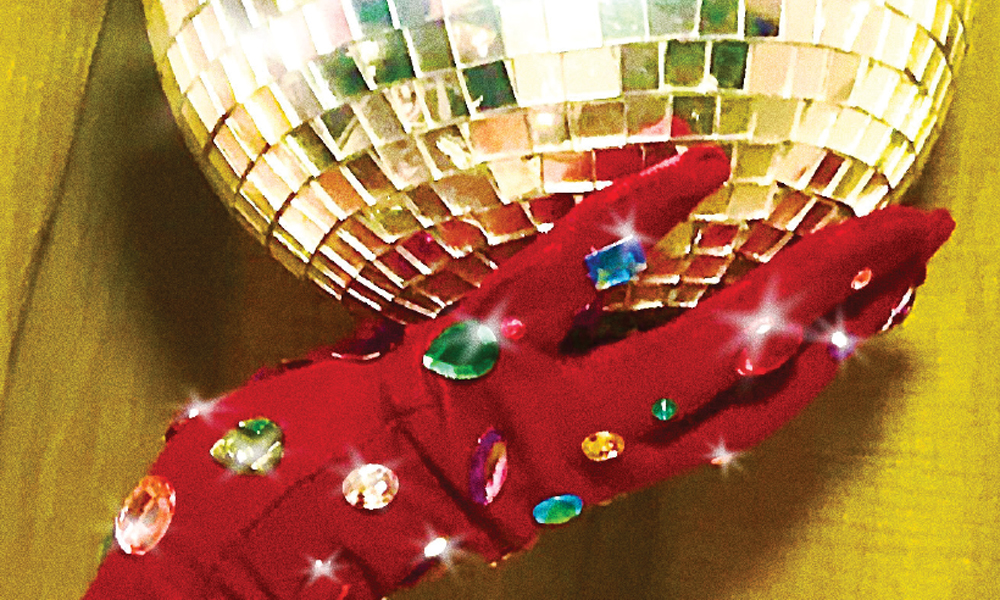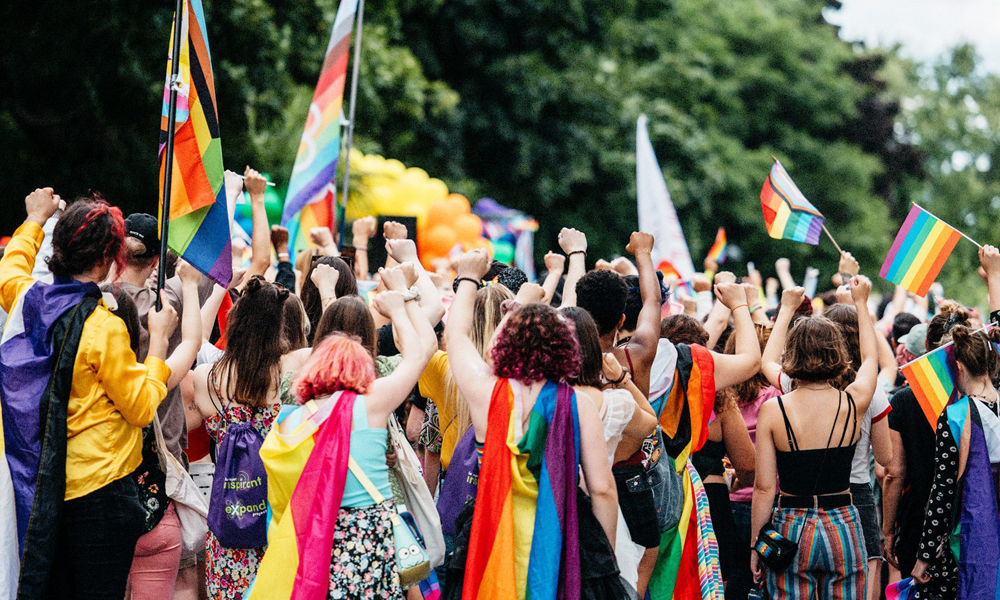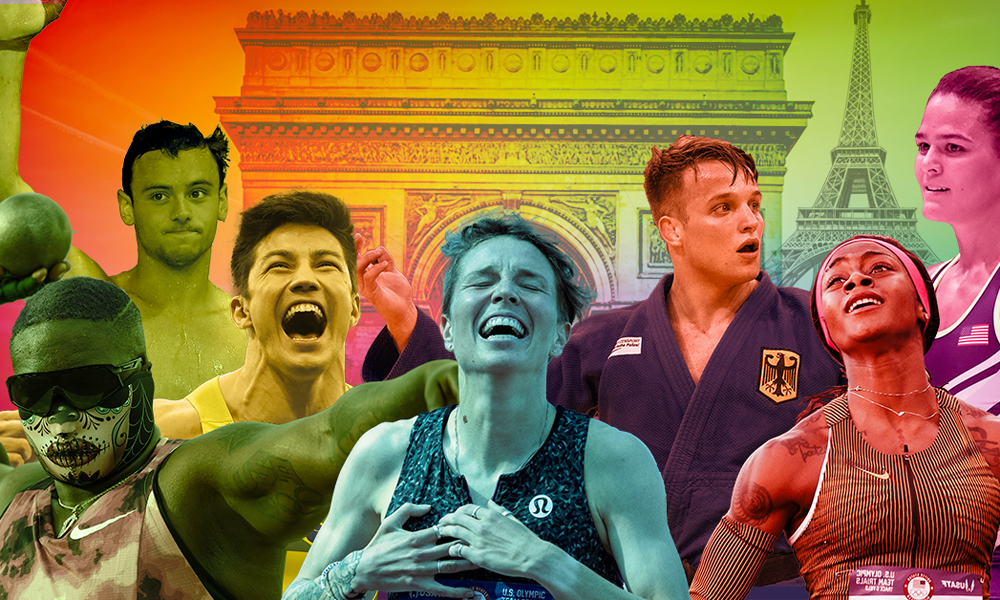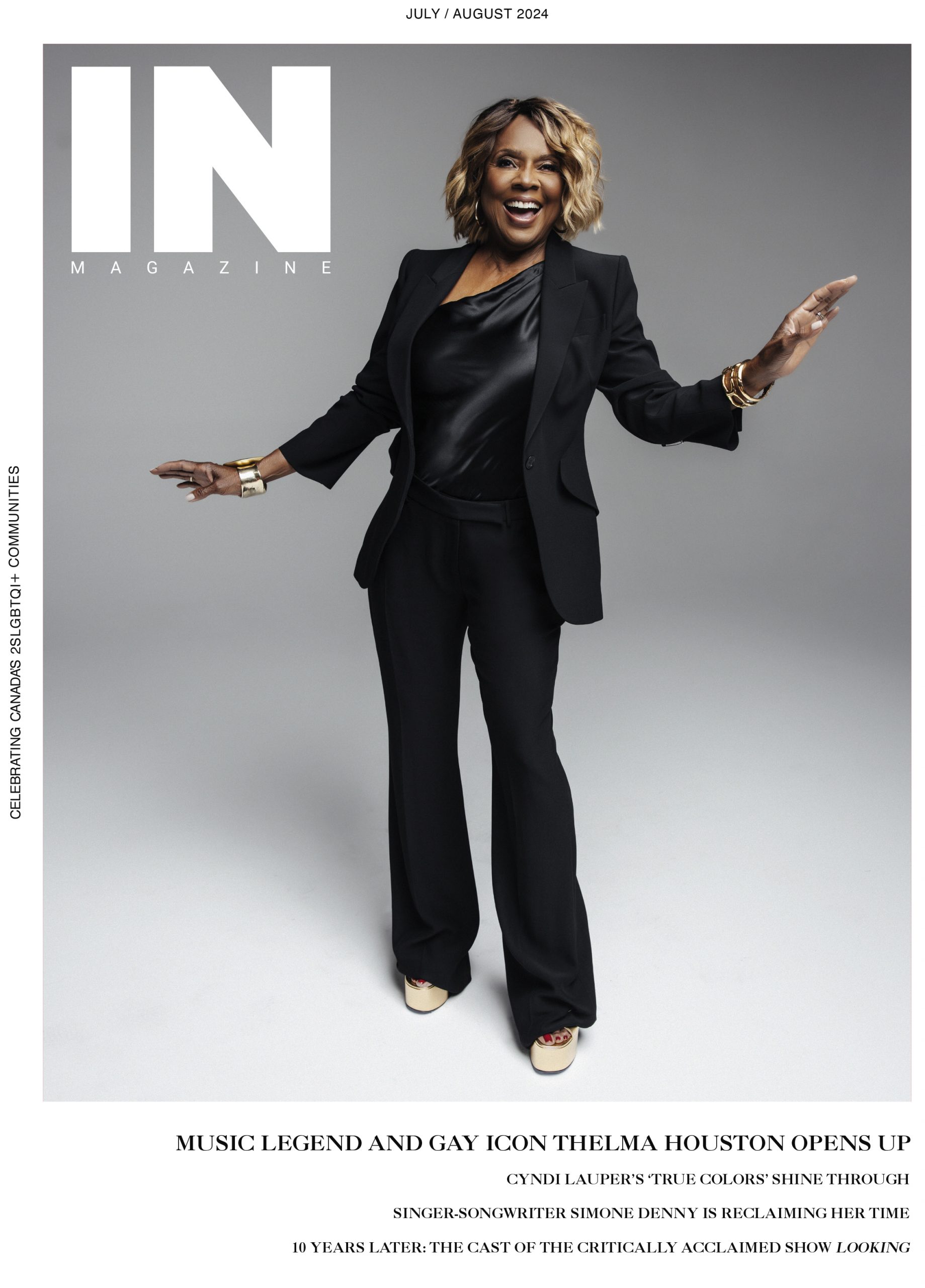A snapshot of how COVID-19 impacted the LGBTQ community…
By Paul Gallant
For her birthday last February – her last big night out before the COVID-19 lockdown hit – Tanja-Tiziana and her posse descended upon karaoke night at The Beaver, the beloved queer bar on Toronto’s West Queen West.
“It was so rammed, I remember thinking, ‘I’ve never been sweat on by so many people.’ It was such a great feeling,” she tells me. A few weeks later, the COVID-19 lockdown temporarily closed The Beaver, and then, on July 11, it announced it was closed for good. Established in 2006 by queer legend Will Munro, the place was, for artsy homos, an essential service. But, like so many businesses built on our urges to socialize, it couldn’t survive months without revenue when the coronavirus hit.
“Even if we get through this, we don’t even have those meeting spaces to look forward to. We didn’t even get to say goodbye to them,” says Tanja-Tiziana.
The COVID-19 crisis has slapped the entire world upside the head, and here in Canada took its most deadly toll on seniors and temporary foreign workers. But economically and emotionally, it’s hard to deny that LGBT people were the hardest hit by “the gaydemic.” The industries where queers are highly represented – hospitality, nightlife, travel, arts and entertainment, health and beauty – were the industries hardest hit by lockdowns and shaken consumer confidence. A photographer specializing in artsy queer stuff, Tanja-Tiziana’s gigs dried up completely. “You have the entire arts and culture sector just taken out at the knees. Nobody’s working, nobody is creating anything except web-based stuff.” For her part, Tanja-Tiziana reinvented her one-woman business to focus on archival work, which she could do at a distance.
Work aside – which is a hard thing to set aside if you’re a tip-dependent bartender or a drag queen struggling to pay the rent – our personal lives have also been dramatically disrupted by self-isolation, quarantines and social bubbles. And let’s not even talk about the Pride that never was. Not to stereotype too much, but while straight people are in their comfort zone bunkered down with their nuclear family, many queer people draw their strength from a community they interact with at nightclubs, bars, arts events and parties. “It’s not so much a social life thing as a connective thing with the city, with the community,” says Tanja-Tiziana. “There are people you don’t even know well, you may not even talk, you might just make eye contact across the room, but you feel a part of things together in a safe space.”
DJ and event manager Craig Dominic had been doing at least two or three gigs a week in Toronto’s gay village when the lockdown closed the clubs. Since the closures, he’s been spinning at online parties, doing digital dance nights, but the money is not in the same league and the experience is not as satisfying. “There’s something to be said for the collective energy in the room you get from DJing,” says Dominic. “Everything’s less human than it used to be.”
Rolyn Chambers usually goes out at least three nights a week, plus hosting his Dahnce Kahmp party at Toronto’s Buddies in Bad Times theatre, plus, plus, plus. Then, nothing. Artist, graphic designer and author of the book The Boy Who Brought Down a Bathhouse, Chambers started doing an online version of Dahnce Kahmp, not for money – he had no mechanism for accepting donations – but literally to keep his spirit alive. “Going out and socializing is in my blood. It’s something that keeps me healthy, believe it or not, and young, believe it or not,” says Chambers. “I need to dance at least once a week.”
Performance artist Ryan G. Hinds was about to go into rehearsals for a National Arts Centre production of Paradise Lost– a prestigious opportunity he had been working towards for years – when COVID-19 came a-cancelling. “It’s been emotionally difficult and I’ve taken a financial hit,” says Hinds. “I still have these moments when I think the industry isn’t coming back for years, and any career momentum that we all had was for naught. Those thoughts don’t go away.”
Hinds has been able to do some online work, and by the summer had picked up a gig in a theatre production that took place outdoors. Socializing digitally has helped, though it’s been no substitute for real-life contact. I asked Hinds what he thought of the government-sanctioned social bubbles of 10 “committed” people or less, which seemed, to me, to have in mind clearly defined families rather than messy gay friend/fuckbuddy circles.
“It’s a conundrum, right, because the queer community is all about chosen family, but the reality of the situation is we need to care for each other, and how I’ve been showing my caring right now is staying away from people,” says Hinds. “I’ve made my choices about staying home and quarantining. But the friends I know who are being more social or being sexually active – that’s not something they undertook without a fair amount of thought beforehand.”
When I talked with Toronto-based makeup artist and beauty expert Dino Dilio in July, he hadn’t held a brush in his hand since March 13. He was able to pivot his business, doing online consultations, then sending customers his recommended products, then walking them through the application during a video chat. It’s a lot more work, a lot less fun. “What I do is a very personal service,” says Dilio. “I feel like a bartender or a therapist for these women, and I really miss that.”
But, as Dilio points out, LGBT people are better than most at pivoting. Coming out, dealing with homophobia and discrimination, living through the AIDS crisis: most of us are adept at both reinvention and risk reduction. “We’re very resilient, very strong. I mean, look at what we’ve lived through,” Dilio says.
Chambers says that for gay men of a certain age, the horrors of COVID-19 are nothing compared to the AIDS crisis. “We’re used to fighting back, and part of fighting back in this case is finding different ways to be out there and do your thing,” says Chambers.
Being queer has given many of us the survival skills necessary to get through a pandemic in one piece. “It’s been fantastic,” says Jennifer Gillmor, an artist, musician, body worker and yoga instructor. Because she was eligible for the Canada Emergency Response Benefit (CERB), she was able to focus on a larger creative project that required a lot of solitude. “I’ve enjoyed something like an artist’s residency from the comfort of my own home,” says Gillmor.
Fortunately for Gillmor, she was in creative mode, not the performance mode that’s also a key part of her passion. Like so much of life, timing is everything, even the timing of a pandemic.
—
PAUL GALLANT is a Toronto-based writer and editor who writes about travel, innovation, city building, social issues (particularly LGBT issues) and business for a variety of national and international publications. He’s done time as lead editor at the loop magazine in Vancouver as well as Xtra and fab in Toronto.







POST A COMMENT